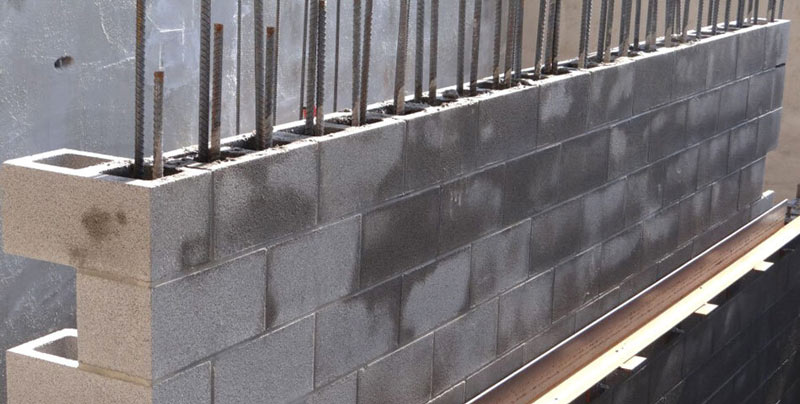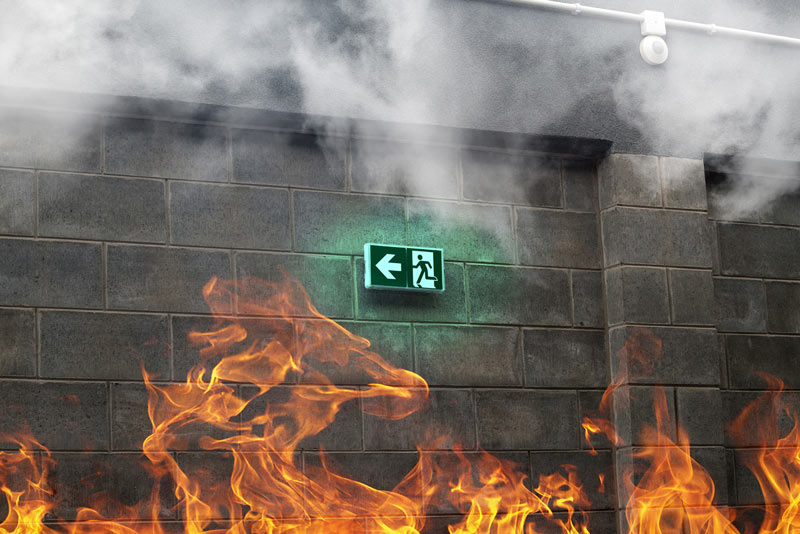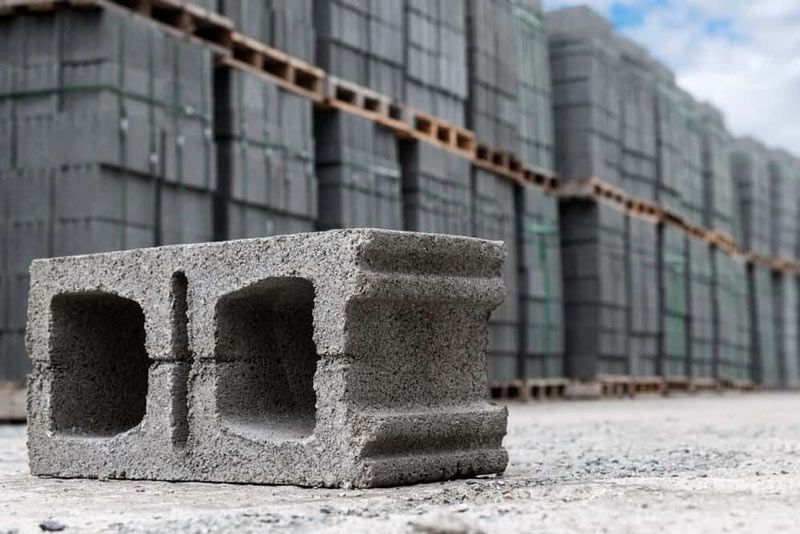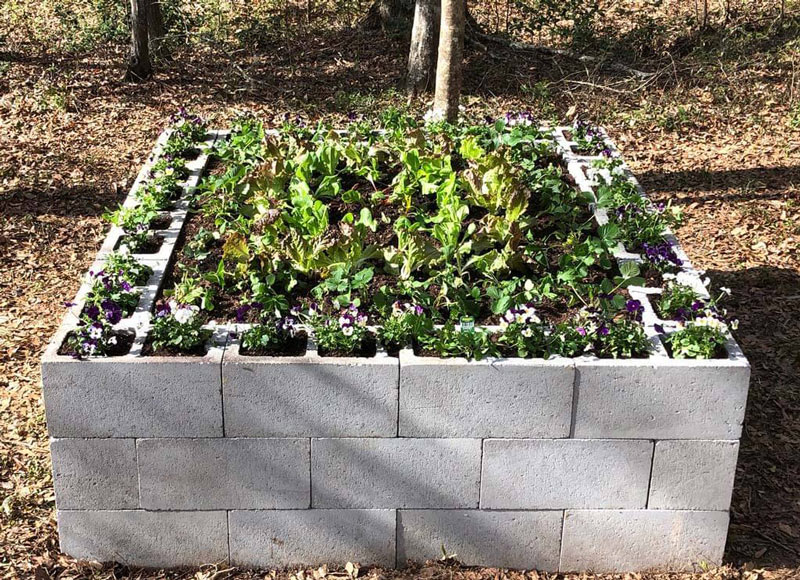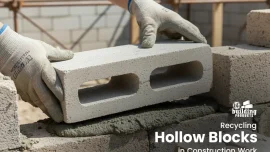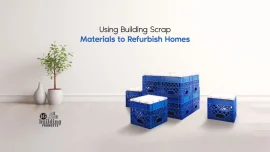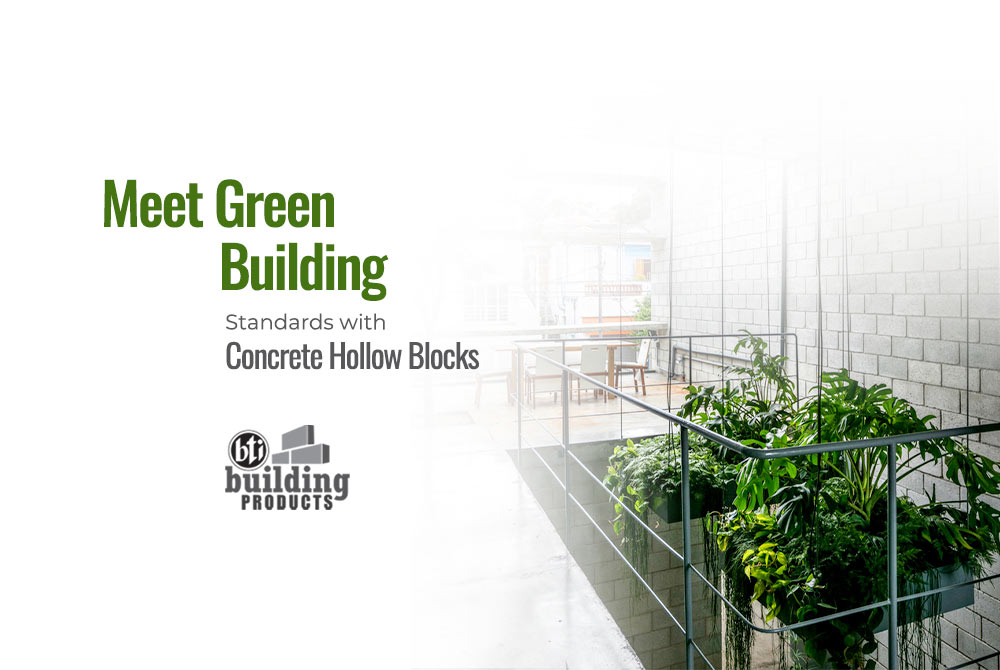
The Role of Concrete Hollow Blocks in Meeting Green Building Standards
Concrete hollow blocks have long been used in the construction industry for their durability, strength, and thermal insulation properties. With the increasing demand for sustainable and eco-friendly buildings, their use has become more popular as they play a significant role in meeting green building standards. In Bangladesh, the Government also promotes their use for this reason, in the hopes of tackling climate change and also fulfilling housing demand. Here are some ways how concrete hollow blocks can meet green building standards.
Green building refers to the design, construction, and operation of buildings that have a reduced impact on the environment and promote sustainable living. One of the main principles of green building is energy efficiency, which involves reducing energy consumption in buildings by using materials that have high thermal insulation properties. Concrete hollow blocks are excellent materials for providing thermal insulation, as their hollow cores can be filled with insulating materials such as polystyrene or polyurethane foam, which can reduce the amount of energy needed to heat or cool the building. Therefore, concrete hollow blocks are perfect building materials no matter what the season is.
Another aspect of green building is the use of sustainable materials that have a minimal impact on the environment. Concrete hollow blocks are made from concrete, which is one of the most common building materials in the world. Concrete is composed of cement, water, sand, and aggregates such as gravel or crushed stone. The production of cement, however, is known to have a significant environmental impact due to its high energy consumption and greenhouse gas emissions. To address this issue, concrete hollow block manufacturers have started using alternative materials such as fly ash or ground granulated blast furnace slag (GGBFS) to partially replace cement, reducing its environmental impact.
In addition to their thermal insulation and sustainable properties, concrete hollow blocks also offer other benefits that make them suitable for green building. For example, concrete hollow blocks have a high fire resistance, making them ideal for use in buildings that require fire-rated walls or partitions. They are also resistant to pests and can withstand severe weather conditions, making them a suitable choice for buildings located in areas prone to earthquakes or hurricanes. With the recent earthquake and fire disasters making headlines, it seems concrete hollow blocks are needed more than ever.
Moreover, these blocks can be easily recycled and reused, reducing the amount of waste generated during the construction process. Blocks that are no longer required can be crushed and used as recycled aggregates for the production of new hollow blocks or other construction materials, reducing the need for fresh materials and lowering the carbon footprint of the building.
Concrete hollow blocks also offer design flexibility, allowing architects and designers to create unique and innovative structures. They can be used in different sizes and shapes, and their surface can be treated in various ways, such as polishing or painting, to create different textures and finishes. This design flexibility also allows concrete hollow blocks to be used in different construction techniques, such as load-bearing or non-load-bearing walls, or as a structural element in a building’s foundation. These properties also make them versatile. These blocks are often used for interior designing and landscaping as well.
The use of concrete hollow blocks plays a significant role in meeting green building standards by providing thermal insulation, using sustainable materials, offering other benefits such as fire resistance and resistance to pests, and reducing waste generated during the construction process. Moreover, hollow blocks offer design flexibility, allowing architects and designers to create different types of structures. These blocks are clearly the best answer to sustainability and carbon footprint reduction.



